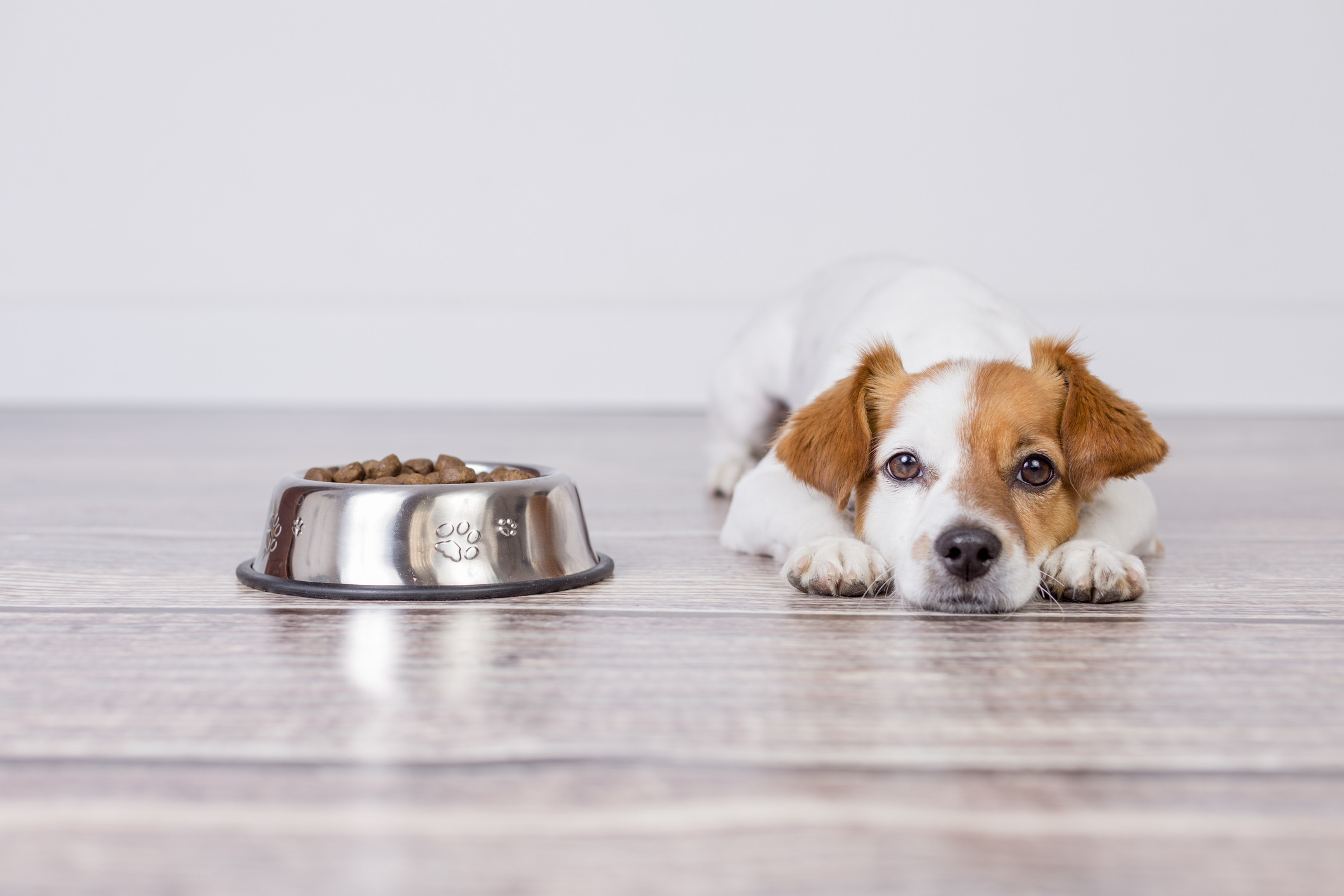Picky Dog? Try These 7 Tips To Pique Your Pup’s Appetite
Doctor of Veterinary Medicine

While efforts are made to answer all questions as quickly as possible, if an immediate answer is required or if your pet is in need of urgent or emergency care, contact your pet's veterinarian immediately.
Doctor of Veterinary Medicine

You will receive an answer from Dr. Lindsay and our vet/tech team as soon as possible, usually the same day.
All answers are provided for informational or educational purposes only, and are intended to be a supplement to, and not a substitute for, the expertise and professional judgment of your pet's veterinarian.
It may be necessary to consult your pet's veterinarian regarding the applicability of any opinions or recommendations with respect to your pet's symptoms or medical condition.
CloseDoctor of Veterinary Medicine

An error has occurred, please reload the page and try again.
CloseDoctor of Veterinary Medicine

While efforts are made to answer all questions as quickly as possible, if an immediate answer is required or if your pet is in need of urgent or emergency care, contact your pet's veterinarian immediately.
There is no answer related to your question

For most dogs, meals are the best part of the day. Others, though, rarely seem impressed by what’s in their bowl. If your dog is picky or has a fickle appetite, try these tips to get them excited about their food again.
1.First, See Your Vet
Poor appetite, especially in a dog that usually loves to eat, can be a sign of an underlying health issue. Any number of issues, from gastric obstruction, pancreatitis, dental issues, kidney failure, and certain cancers can manifest as a lack of appetite, as can side effects of certain medications. Before making changes to your dog’s diet, see your veterinarian to rule out an undiagnosed health issue.
2.Wash Your Dog’s Food Bowl Daily
You should wash your dog’s food bowl at least once a day, or after every meal if you feed moist foods. A dirty bowl may have lingering odors that your dog may find unappetizing, and can even lead to bacterial buildup that can make your dog sick. Dogs have a sense of smell that’s about 50 times more acute than a human’s, so they may notice odors that we cannot. Use a stainless steel or glass bowl that you can completely sanitize between meals. Plastic bowls should be replaced frequently, as they can develop micro-scratches that harbor bacteria even with frequent washing.
3.Keep Your Dog’s Food Fresh
Dry dog food can become stale with exposure to moisture in the air. Oils in the food can also cause rancidity. To keep your dog’s dry food fresh, store it in its original packaging inside an airtight container, rather than dumping it in. Remember to wash refillable dog food storage containers every time you refill them. Even with proper storage, though, dry food diminishes in taste and quality within a few weeks after opening. Avoid purchasing bulk bags of dry food that your dog is unlikely to finish within a few weeks.
4.Add More Moisture
Dogs find strong aromas the most appetizing, which is why canned dog food and rehydrated freeze-dried raw or dehydrated foods tend to be more palatable. You can also add warm water to kibble to bring out those tantalizing aromas. Feeding your dog a high-moisture diet also supports your dog’s urinary tract, digestive, and skin and coat health.
5.Change Your Dog’s Food
Just like people, dogs can have taste preferences that can change throughout their life. You might notice that your dog refuses to eat foods that contain beef as a main ingredient, but gobbles up turkey based foods. Generally, dogs are drawn to foods that are higher in fat and protein. If you’re unable to switch to a more palatable dog food, you can use toppers to enhance the flavor of their existing diet.
6.Add A Topper
Adding toppers and mix-ins to your dog’s food can serve not only as a flavor enhancer but also as a nutritional boost. Bone broth adds protein, collagen and amino acids, making it a great option for hydrating your dog’s meals. Freeze-dried raw dog food, dehydrated dog food, and canned foods can also be tasty, health-boosting options.
7.Change Your Dog’s Feeding Schedule
For fully grown dogs, an optimal feeding schedule can range from 1 to 5 meals per day. If your dog doesn’t seem hungry by dinnertime, they may be better suited for a one-meal-a-day fasting schedule. The gray wolf, a dog’s direct descendant, does not eat every day. Instead, wolves eat a large meal of up to 20 pounds of meat every two to three days. It’s not necessary to replicate this extreme fast-and-famine meal plan with your dog, but it could explain why yours might seem to do best with just one daily meal. That said, one-meal-a-day may increase your dog’s risk of bloat, a life-threatening condition, so it may not be suitable for at-risk breeds. Conversely, toy and small breeds that have trouble finishing their meals may actually need smaller, more frequent meals throughout the day.
 Swipe
Swipe


















